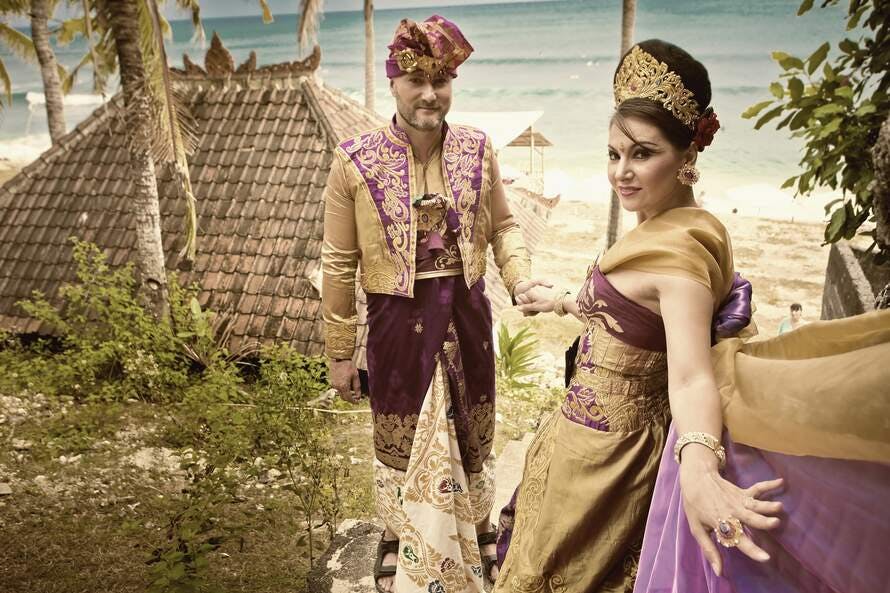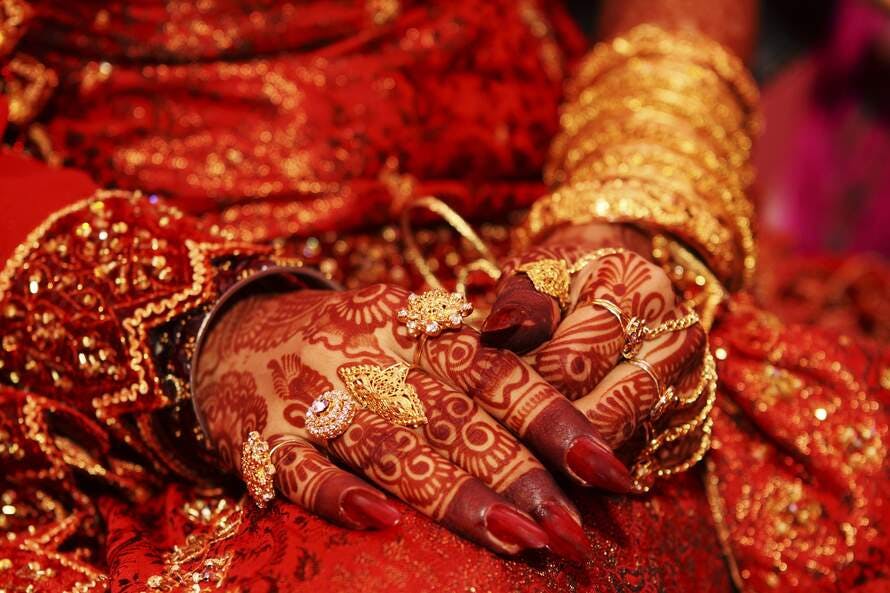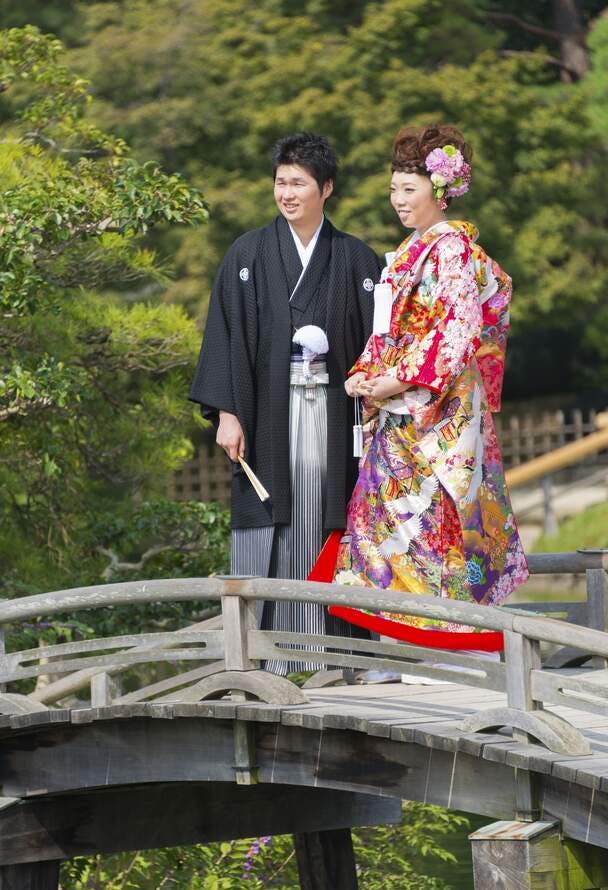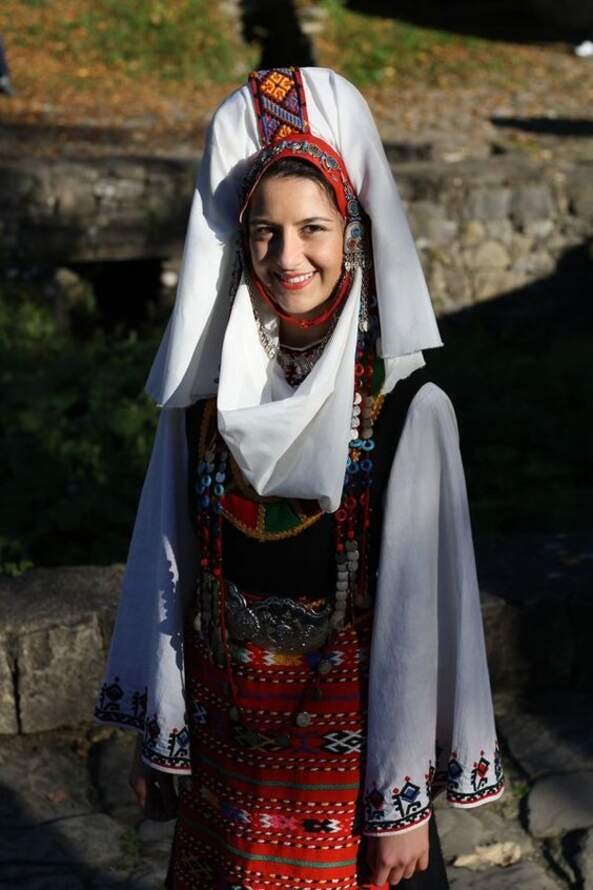MENU
Traditional wedding dresses from around the world

The day that every little girl dreams of, her wedding day. A day full of emotion and splendor, a day full of happiness and love. When two souls come together as one and commit themselves to each other forever. A day that is greatly anticipated by all involved, especially by the bride. With such great anticipation comes great preparation, no detail goes over looked. The venue is carefully chosen, the cake artfully selected, the menu creatively decided upon. All of this so that it comes together into the perfect combination making your special day unique.
The most important aspect for the bride may be, however, the dress. She wants to stand out on this special day, a day that will be photographed, videoed and remembered forever. For every culture and country though the idea of the perfect wedding dress could mean something different. Perhaps when we think of a wedding dress we picture the usual big white dress with a long train and veil. Although popular in many countries this is a relatively new style. Traditionally brides from all over would wore colored gowns on there special day, it was not until Queen Victoria wore white to her 1840 wedding that the white gown became ubiquitous in western cultures. In many countries though they have not adopted the white dress tradition. Each country and culture has their own special way of making a bride look gorgeous for her big day.
Here are just a few of the beautiful traditional wedding dresses we found from around the world, perhaps they will inspire you to try something a little different on your big day.
Indonesia
Indonesia is made up of some 8000 different islands and they all have slightly different traditions when it comes to bridal gowns. Typically, however they are all of vibrant color and heavily embroidered. The groom would wear something similar as well. The use of bright colors is favored in these beautiful island cities.

India
Again the traditions will vary slightly from region to region but there are similarities seen between them all. The dress will be an embroidered embellished saree, typically a red color. The bride will be adored with gorgeous henna on her hands and arms as well as a veil and jewelry.

Japan
The traditional Japanese wedding dress is typically red and white as these are the national colors, although at times it will be more colorful. They will often wear a floor length komono although gowns are becoming more common now as well. You may also see some Japanese brides wearing a white silk hood over the bun in their hair this is called a wataboshi and is one of the oldest Japanese wedding traditions. The hood represents humility and modesty.

Tibet
The wedding dresses in Tibet are very traditional and they hold a lot of meaning. They are given the day before the wedding by the groom, along with jewelry often times with a small statue of Buddha as well. They are full of color and embroidery as well.

Turkey
Wedding dresses in Turkey are very similar to the white ball gowns that we are so used to. They will often be made of lace or tulle. It is tradition in Turkey, however, to always tie a red ribbon around the waist of the bride. This gesture is done before going out of her home, by the bride´s brother or uncle, the color is symbol of happiness, luck and sexuality.

Bulgaria
Wedding dresses in Bulgaria have a centuries-old tradition, cover the entire body of the woman up to the head. Which is then adorned with some kind of white hat with a scarf around the neck. Ensuring that the bride is modest and covered.

Wedding dresses and traditions most definitely diver from country to country, but I´m sure we can all agree that regardless the tradition the bride is always glowing with joy on her special day!

